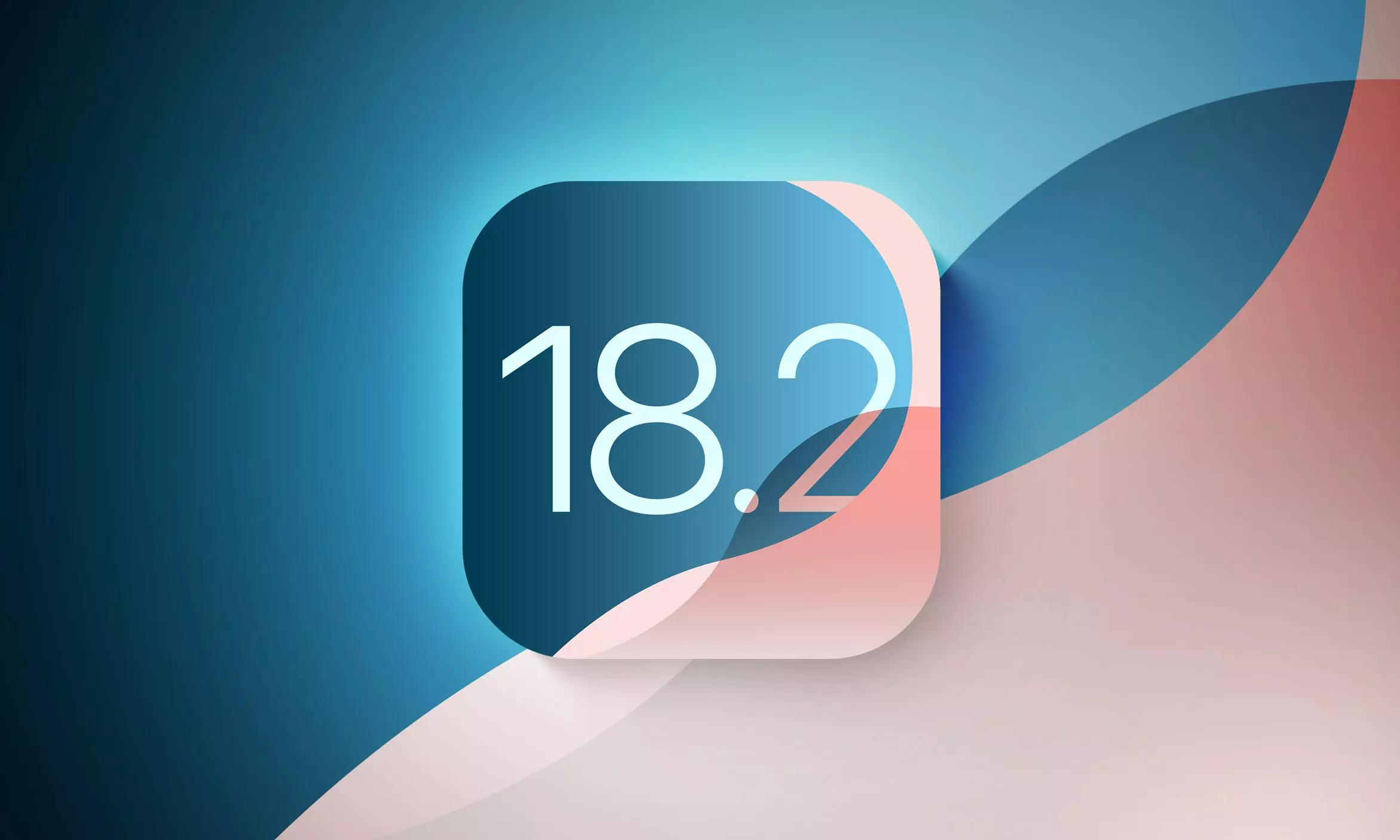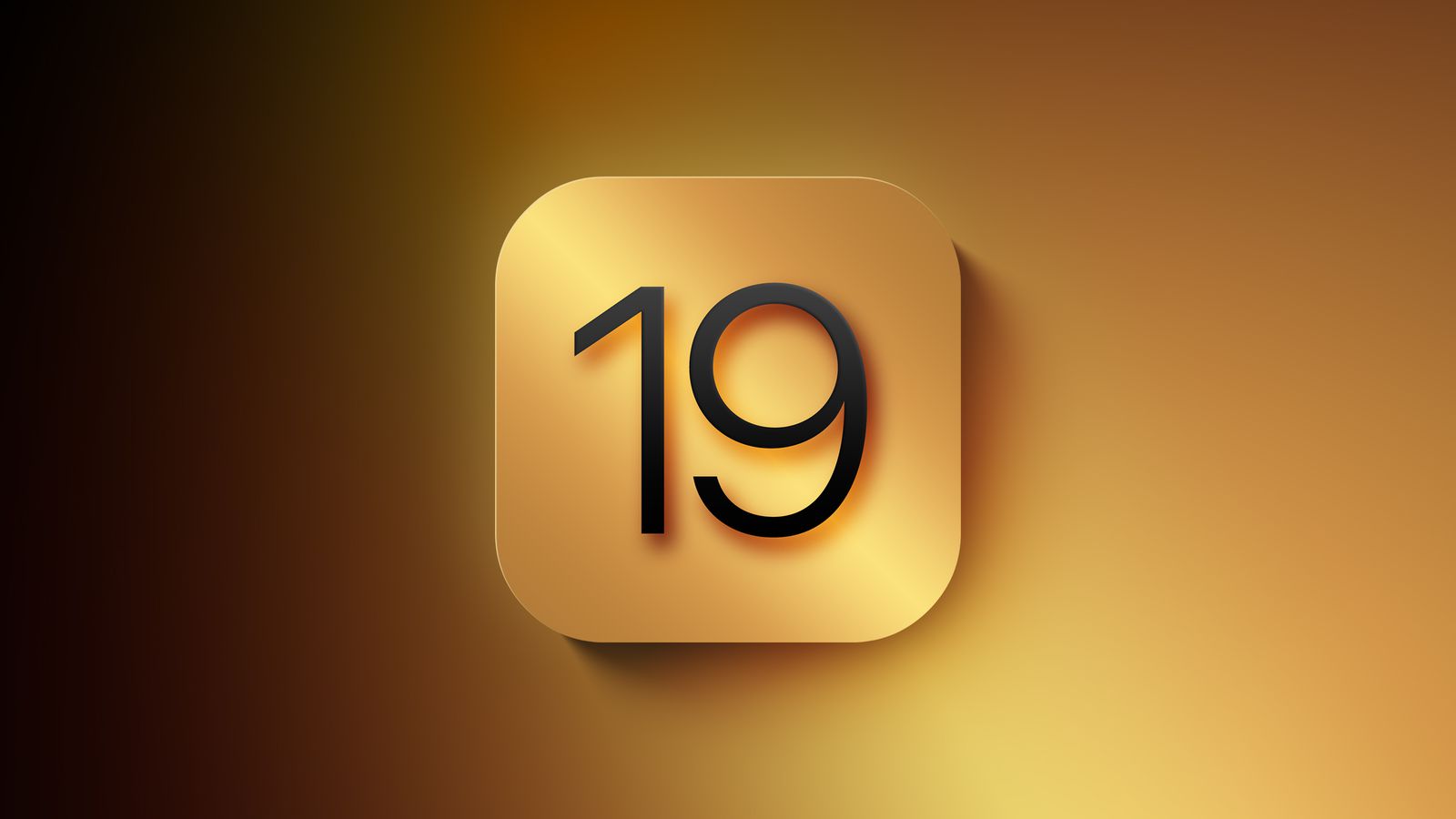The dawn of 2025 has brought with it not just the promise of a fresh start, but also tangible advancements in how we interact with technology, particularly within the Apple ecosystem. Two key developments stand out: the continued expansion of digital driver’s licenses within Apple Wallet and a timely promotion for Apple Fitness+ aimed at those embracing new year fitness resolutions.
The concept of a digital driver’s license, securely housed within a smartphone, has been gaining traction. Apple has been at the forefront of this movement, integrating driver’s licenses and state IDs into its Wallet app. This feature offers a convenient and contactless method for individuals to verify their identity or age at participating locations, ranging from airport security checkpoints to select businesses and even within certain apps.
This digital transformation of a traditionally physical document represents a significant leap forward in convenience and security. Imagine no longer fumbling for your wallet at airport security or worrying about losing your physical ID. With a few taps on your iPhone or Apple Watch, you can present verifiable proof of identity.
Currently, this feature is live and operational in a growing number of states and territories. As of early 2025, residents of Arizona, Maryland, Colorado, Georgia, Ohio, Hawaii, California, Iowa, New Mexico, and Puerto Rico can utilize this functionality. This represents a substantial expansion since the initial rollout, demonstrating Apple’s commitment to making this technology widely available.
The momentum doesn’t stop there. Apple has also announced partnerships with several additional states committed to adopting digital driver’s licenses within Apple Wallet. These future additions include Montana, West Virginia, Connecticut, Kentucky, Mississippi, Oklahoma, and Utah. This widespread adoption signals a potential shift towards a nationwide standard for digital identification, streamlining processes for both individuals and businesses.
The utility of this feature extends beyond simply showing ID. It also plays a crucial role in enhancing security at key transit hubs. Several major U.S. airports now accept Apple Wallet IDs at select TSA checkpoints, including Baltimore/Washington International Thurgood Marshall Airport, Ronald Reagan Washington National Airport, Phoenix Sky Harbor International Airport, Denver International Airport, Hartsfield–Jackson Atlanta International Airport, Cincinnati/Northern Kentucky Airport, John Glenn Columbus International Airport, San Francisco International Airport, San Jose Mineta International Airport, Los Angeles International (LAX), Daniel K. Inouye International Airport (HNL), Des Moines International Airport (DSM), Eastern Iowa Airport (CID), Albuquerque International Sunport (ABQ), Lea County Regional Airport (HOB), and Luis Munoz Marin International Airport (SJU). Travelers are advised to check for specific signage at TSA checkpoints to confirm availability.
Furthermore, Apple has partnered with CLEAR, allowing users to leverage their Apple Wallet IDs for enrollment in the expedited security program. This integration further streamlines the travel experience, reducing wait times and enhancing efficiency. Beyond airports, select businesses and venues also accept Apple Wallet IDs for age verification and identification purposes, though a comprehensive list of these locations isn’t publicly available.
On a different note, recognizing the surge of interest in health and fitness that often accompanies the new year, Apple is prominently featuring a three-month free trial of Apple Fitness+ on its homepage. This promotion serves as a timely incentive for individuals looking to kickstart their fitness journeys.
While the offer of a three-month free trial with the purchase of a new Apple device has been in place since 2022, the homepage placement underscores Apple’s strategic focus on capitalizing on new year resolutions. Apple Fitness+ offers a diverse range of on-demand workout classes, spanning various intensity levels and disciplines, from high-intensity interval training (HIIT) to yoga and meditation. The platform also provides personalized recommendations based on user activity and allows for the creation of custom workout schedules.
With twelve different workout types and new sessions added weekly, ranging from 5 to 45 minutes, Apple Fitness+ caters to a broad spectrum of fitness preferences and time constraints. This comprehensive approach to fitness, coupled with the extended free trial, aims to encourage the development of sustainable healthy habits. It is, however, prudent for those who take advantage of this offer to set reminders to review their subscription before the automatic renewal at $9.99 per month.
In conclusion, Apple’s advancements in digital identity with Apple Wallet and its strategic promotion of Apple Fitness+ demonstrate the company’s commitment to enhancing user experience and promoting healthy lifestyles. The expansion of digital driver’s licenses promises greater convenience and security, while the Fitness+ promotion offers a compelling entry point into a comprehensive fitness ecosystem. As we move further into 2025, it will be interesting to observe the continued evolution and adoption of these features.




